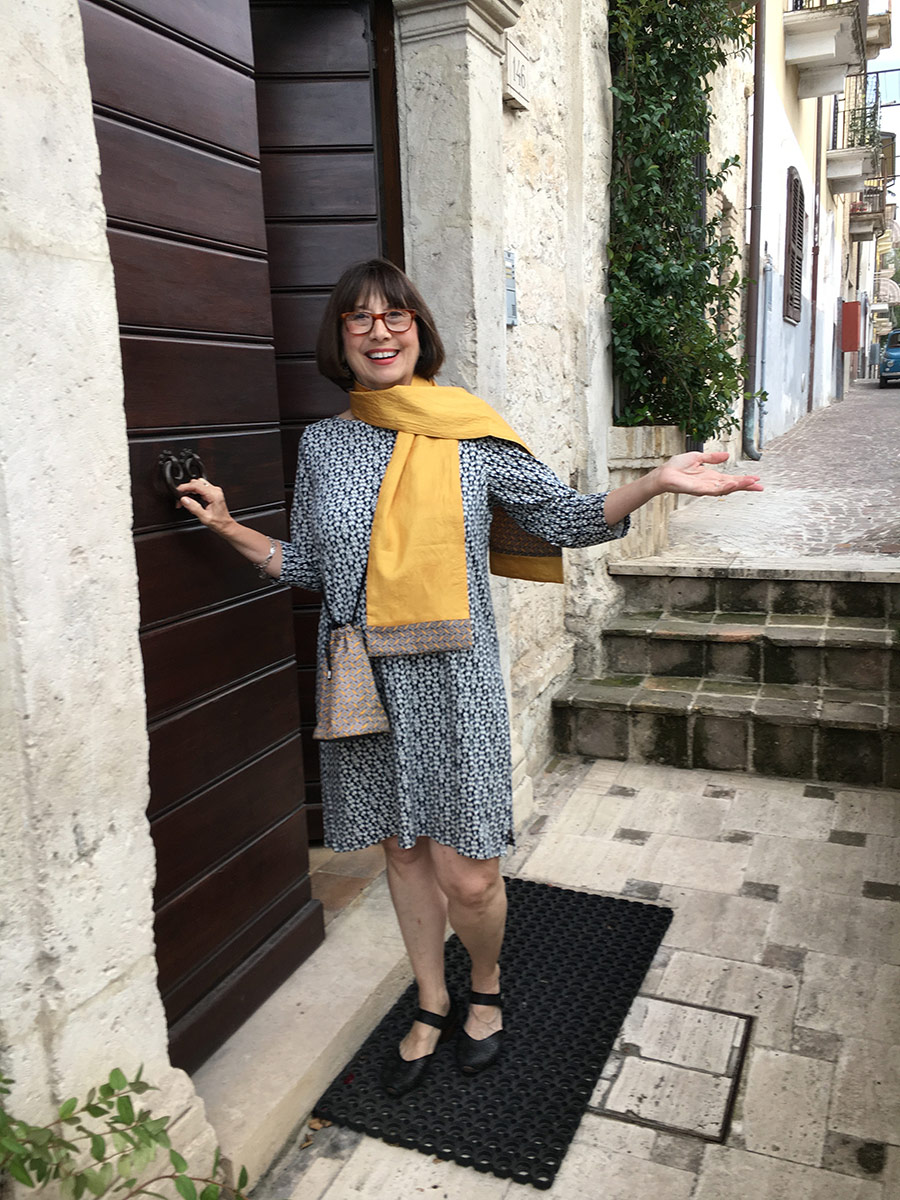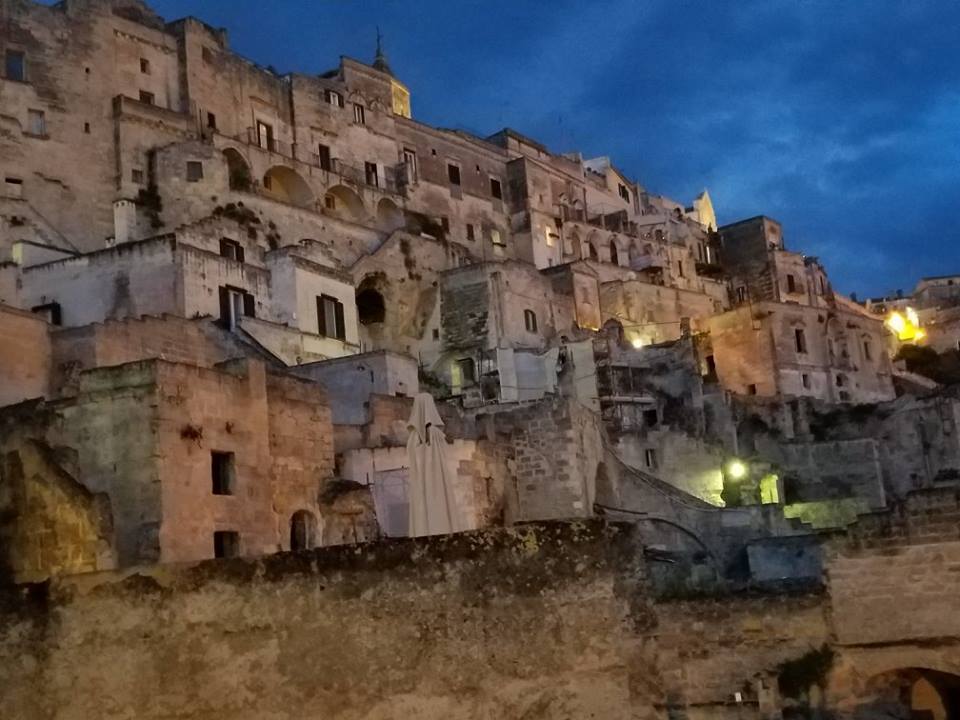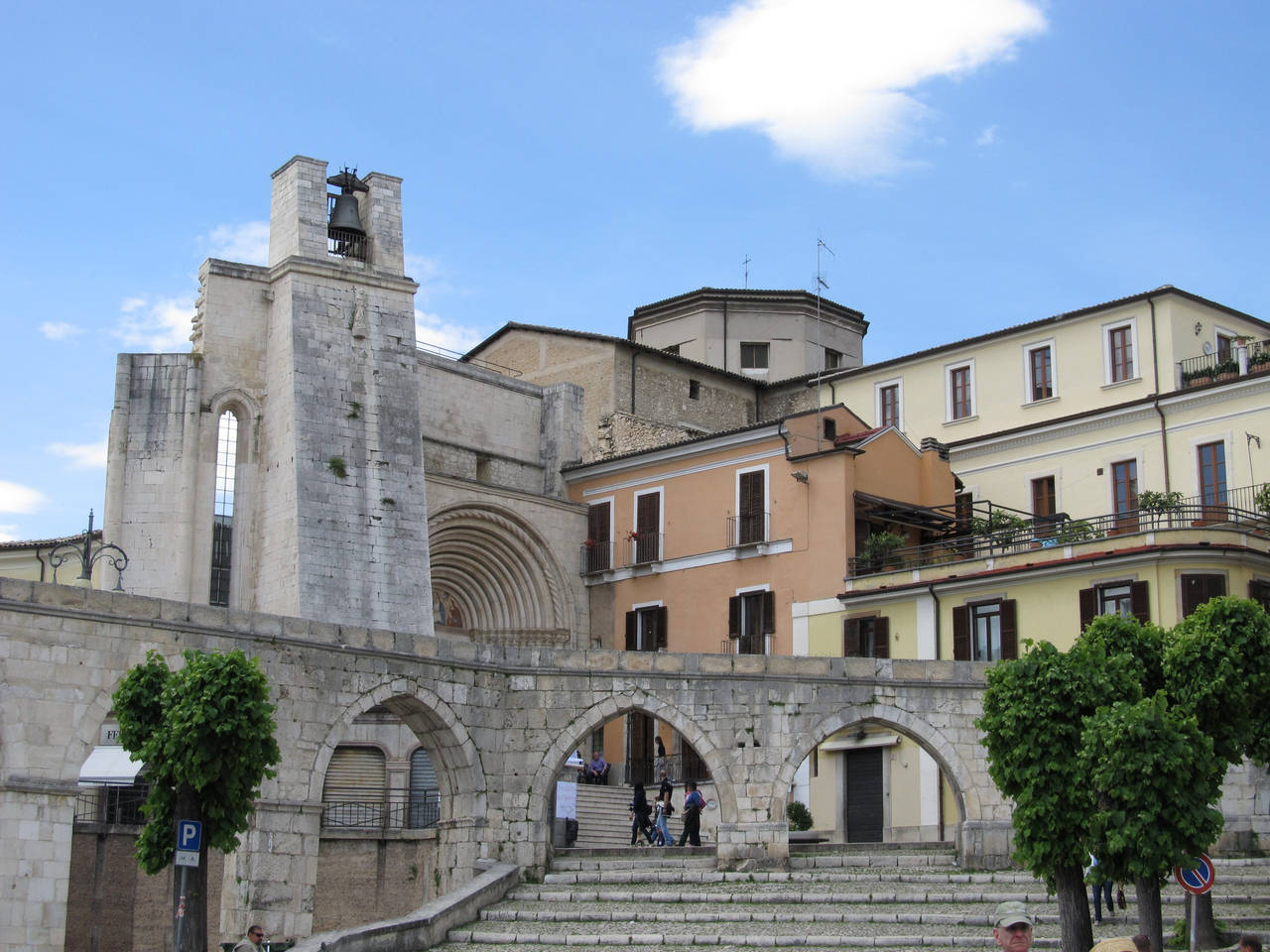“Like a cross between The DaVinci Code and Life of Brian . . .” — The New York Times
Strange as it seems to my friends in the local Italian club, I am a Protestant. My parents met when my father crashed a Presbyterian church dance. He, a pure-blooded Italian of 14, met my mother, a half-English, half-German girl of 12, and they never looked back. His parents were less than thrilled at first, but they loved my mother and so that was that. I was raised first in the Presbyterian tradition and then later, as a teenager, in the Methodist tradition, safely away from the Catholic world of relics and reliquaries. No spleen of St. Whozit for me.
My early trips to Italy, where one inevitably visits many, many chiesi each day before noon, were a bit uncomfortable. I’d stand in some magnificent duomo, marveling at the marble and the frescoes and the paintings and the starry vaulted ceilings and then, wham — it would hit me — I’m staring at a glass case with a waxen saint lying in state. Or at an ornate box that is proudly displaying the liver or wristbone of some poor martyred true believer. I would flip through the guidebook or my dictionary to make sure that what I thought the object was was really what it was. Inevitably, it was. Body parts. And bodies. O mio Dio!
On a recent trip to New York City, I stopped into St. Patrick’s Cathedral on Madison Avenue. It was a quick walk-through, to be sure, since we had to make a theatre curtain, but as I walked around the periphery, I noticed a wrought-iron-enclosed glass case with the note: RELIC OF ST. THERESE on it. I never found out what they had in there, and I don’t care; I practically ran out.
So I was a little intrigued (and nervous, if I’m honest) about diving into David Farley’s book, An Irreverent Curiosity, in which he recounts a tale of living in a small, odd town outside of Rome for a year while undertaking a most unusual quest: to find the whereabouts of a most unusual relic — the foreskin of Jesus Christ — which had mysteriously disappeared from the local church in 1983. Or was it 1986? Did the Vatican steal it? Or is it all a hoax? There’s a lot to this mystery.
For those of you not familiar with David Farley, he is a journalist who teaches writing at New York University. He lives in the city with his wife, the writer Jessie Sholl, and their dog, Abraham Lincoln. His writing has appeared in The New York Times, The Washington Post, Condé Nast Traveler and Slate, among others. But this journey to Italy has made him something more than a mere journalist and travel writer in my book — it has launched him into the realm of picaresque hero. A modern-day Don Quixote, fighting the forces of secrecy, ennui, the Vatican, the local priests, history, myth, the wack-o residents of the town and a few other forces I’m sure I’m missing. And it’s a great ride.
I’m not going to tell you what happens, but I will give you enough to hopefully whet your appetite for this laugh-
out-loud tale of intrigue and lunacy.
First, there’s the very concept of the foreskin’s salvation (so to speak) and survival for over 2,000 years. Shall we even go there? Good, let’s not. Then, if we buy into the first concept, there’s the historical spin on the story — which includes angels and Charlemagne and Constantine and countless popes and priests and Crusaders and on and on, winding up in a church in this strange little town outside of Rome.
Then there’s the story of why churches (nay, entire villages) wanted relics on site. It’s simple, really. Relics granted wishes, caused miracles, were givers of good fortune and restored health. Maybe most important, they caused believers to make pilgrimages to see them, thereby adding much-needed revenues to the village inns, hostelries and churches.
Trying to explain his unconventional quest to a guard/ticket salesman outside of the Sancta Sanctorum in the Vatican, David says, “It was the Sack of Rome in 1527 and a soldier stole the relic from here and also the jewel box in which it was contained . . . And then . . . the solider arrived in a village that’s called Calcata. It’s forty-five kilometers from Rome. And he was put into a jail. Thirty years later, they found the relic and put it in the church . . .”
And so you need to know about the village that this church is in. Today, Calcata is a haven for artists and architects and bohemians and other sorts of frichettoni — what the Italians call “freaks.” Tie dye abounds. A woman (“la strega”) lives in a cave with crows. Another walks through town with her black cat on a leash. But it wasn’t always so. The “old” Calcata was moved up the hill in 1969 to form Calcata Nuova (David tells the Byzantine story about how an earthquake in Sicily in 1935 caused this migration), and the residents followed. The frichettoni arrived that same year in lower Calcata (the “old” city) to drop out of mainstream life in Rome, no doubt (it was 1969, after all), and they are still there. And they both help and hinder David in his quest, and therein lies the crux of this surreal tale.
I highly recommend An Irreverent Curiosity. Pick it up if you have a hankering to know more about church history, miracles or the whole idea of reliquaries. Pick it up if you’re a history buff. Pick it up if you’ve ever had the notion to pack up and live in an Italian town for an extended period of time. Pick it up if you enjoy a good conspiracy tale—and a good laugh. Pick it up, by all means, if you’re just a little irreverent yourself.
Thanks, David, for your unique blend of well-researched history, wit and wisdom. Most of all, thanks for taking up the mantle (I couldn’t resist) of the search for, as you call it, “The Father of All Foreskins.”
Buon viaggio!

Linda Dini Jenkins is a card-carrying Italophile, travel planner, freelance writer, and amateur photographer. Travel is her passion, so writing about her travels just comes naturally. She hopes all her travelers find a way to express their joys, surprises, and fears as they travel and gives every traveler a nifty journal to help smooth the way. Learn more…




